As the crisp autumn air settles in, many avid gardeners begin to prepare for the blooming wonders of spring. October is an ideal time to plant bulbs in many regions, as the soil is still warm enough to encourage root growth, and the winter chill hasn’t yet set in.
Planting bulbs during this month can set the stage for a vibrant, colorful garden that bursts into life as soon as spring arrives. Below, we’ll explore exceptional bulbs that you can plant in October, each bringing its own unique charm and beauty to your garden.
Daffodils
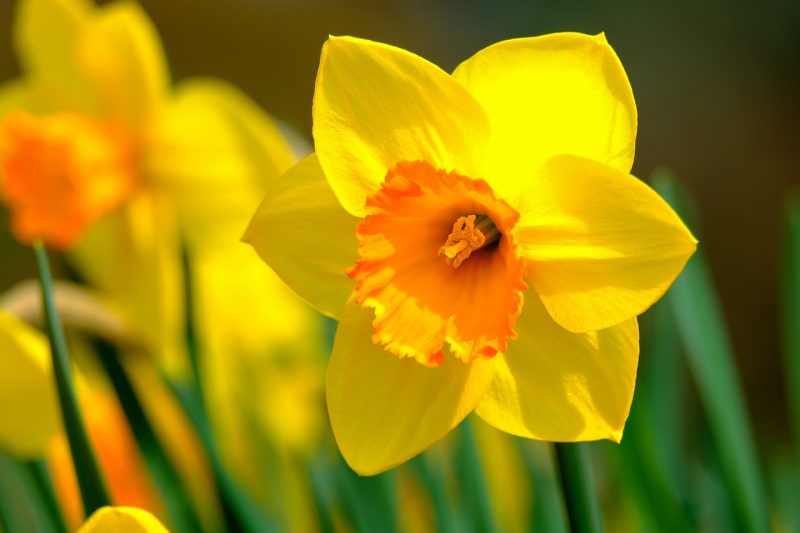
Daffodils are one of the most iconic spring-blooming bulbs. Known for their cheerful yellows and whites, these flowers symbolize rebirth and new beginnings. Planting daffodils in October allows them to establish their roots before the frost. They thrive in well-drained soil with plenty of sunlight, making them perfect for naturalizing in your garden. These hardy bulbs are also deer-resistant, adding another layer of appeal for home gardeners.
Tulips
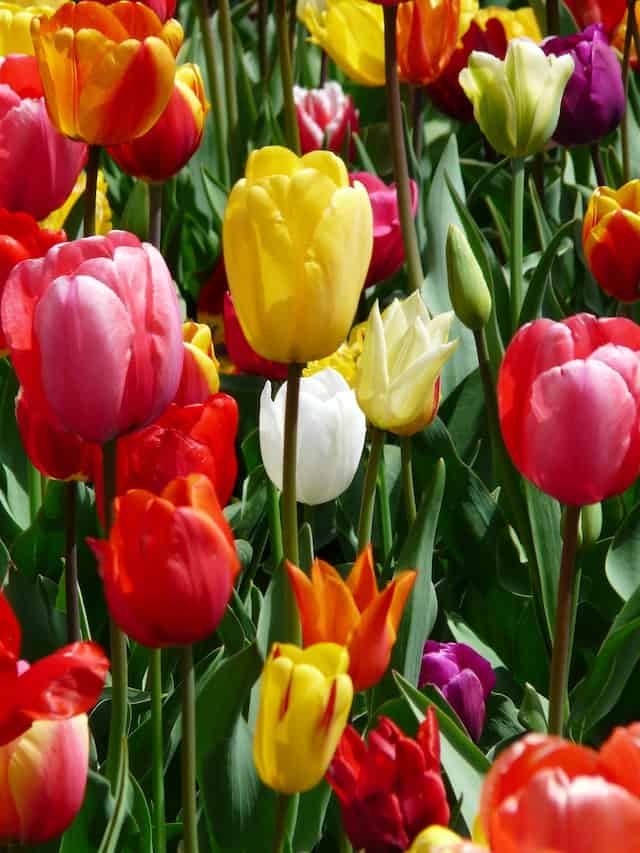
Tulips are perhaps the most beloved spring flowers and come in an astonishing array of colors and forms. October is the perfect month to plant tulip bulbs because they require a cold period to bloom effectively. When choosing tulip bulbs, consider mixing early, mid, and late varieties for an extended blooming season from March through May. They do best in well-drained soil and should be planted about six to eight inches deep for maximum impact.
Hyacinths
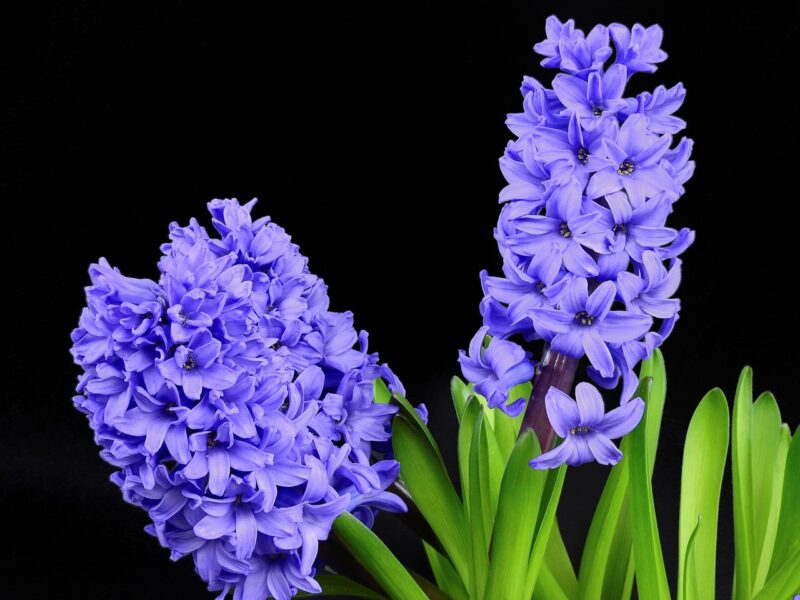
The fragrance of hyacinths is simply intoxicating. These densely clustered blooms not only add beautiful color to your garden but also fill the air with sweet scents. Planting hyacinths in October ensures they will have sufficient time to root before winter. They like a sunny location and prefer soil that’s rich in organic matter. Consider grouping different colors together for a striking visual display come spring.
Alliums
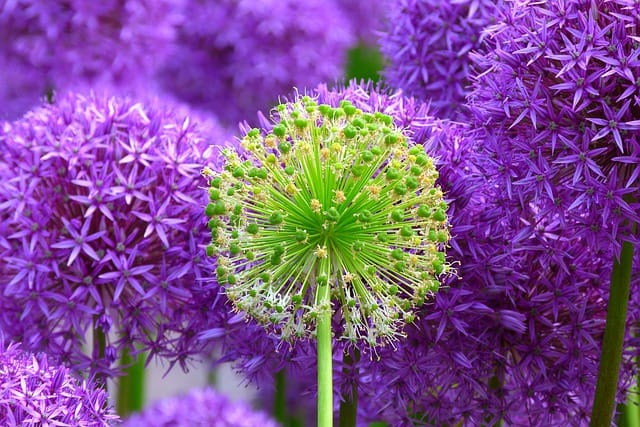
Alliums, or ornamental onions, are show-stoppers in the garden. With their towering stems and globe-like clusters of flowers, they add a unique architectural feature to your landscape. Planting allium bulbs in October allows them to establish roots and thrive in the cooler months. They prefer well-drained soil and full sunlight. Best of all, these bulbs are generally resistant to pests, making them a fantastic low-maintenance option.
Crocus
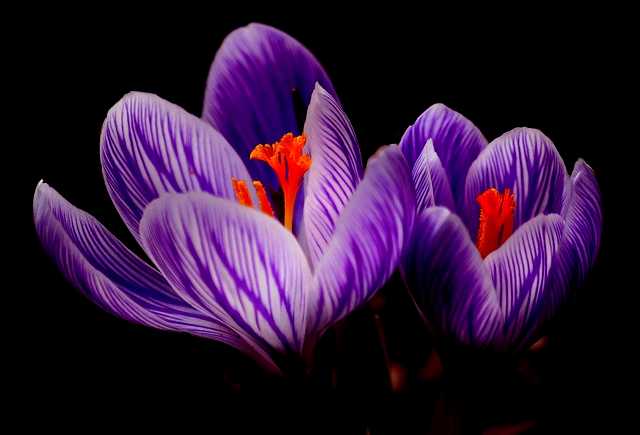
Crocus bulbs are one of the first flowers to bloom in spring, often emerging even through the snow. By planting them in October, you not only get to enjoy their vibrant colors early in the season, but you also provide essential nectar for pollinators returning from hibernation. These petite bulbs thrive in well-drained soil and sunny or partially shaded locations. Consider planting them in clusters for a more significant visual impact.
Snowdrops
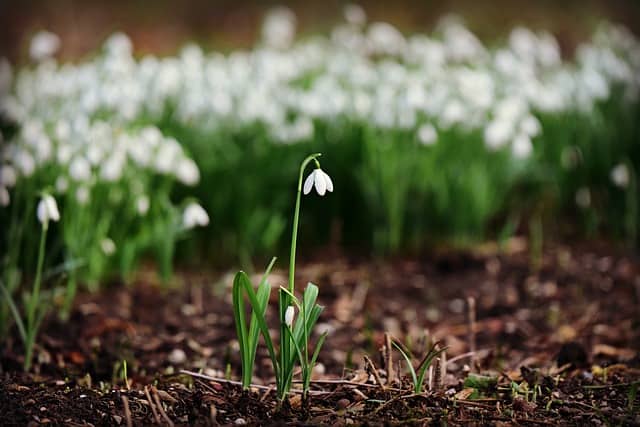
Snowdrops, with their delicate white flowers, are a herald of spring’s return. These bulbs are especially cherished in colder climates, as they bloom very early, often while the ground is still frosty. Planting snowdrops in October gives them the best chance to thrive. They prefer shaded areas with rich soil and, like crocus, can naturalize beautifully if left undisturbed.
Grape Hyacinths
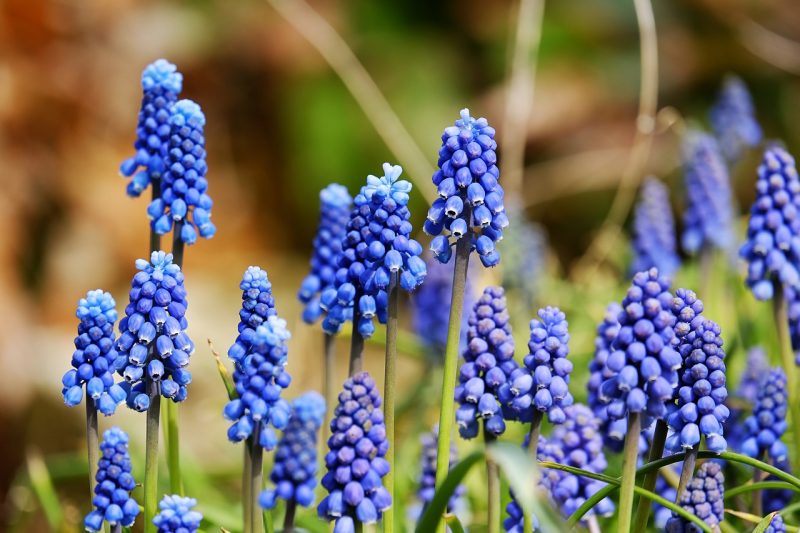
Grape hyacinths are charming little bulbs that produce clusters of small, bell-shaped flowers. These lovely blooms create lush carpets of blue, purple, or white in the spring. They’re perfect for mass plantings and can often be found spreading easily through gardens. Plant these bulbs in October for a delightful show of color that will cheer up any garden come springtime. They favor well-drained soil and sunny spots.
Narcissus
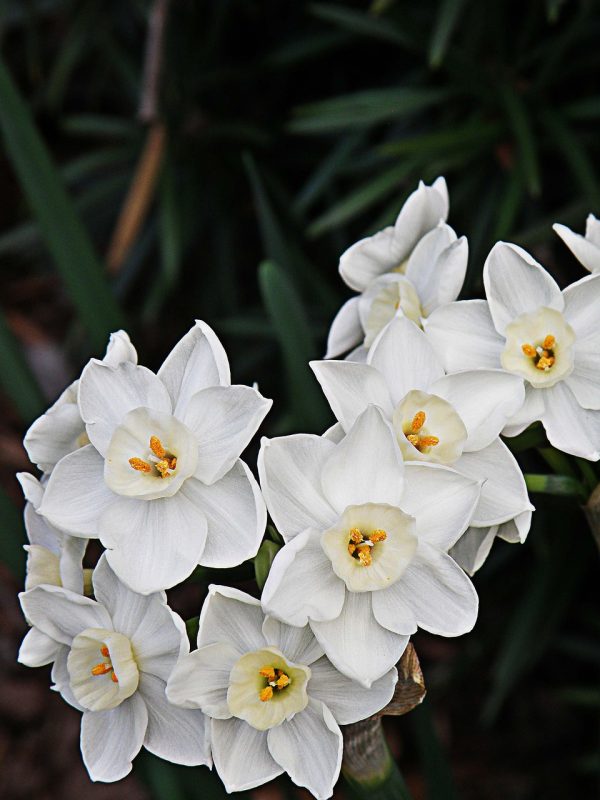
Narcissus bulbs, often confused with daffodils, are known for their graceful trumpet-shaped flowers and are available in various shades of white and yellow. They thrive in well-drained soil and can tolerate partial shade, making them versatile garden candidates. October planting allows these resilient bulbs to settle in nicely before the winter freeze, guaranteeing a flush of beauty as spring approaches.
Fritillaria
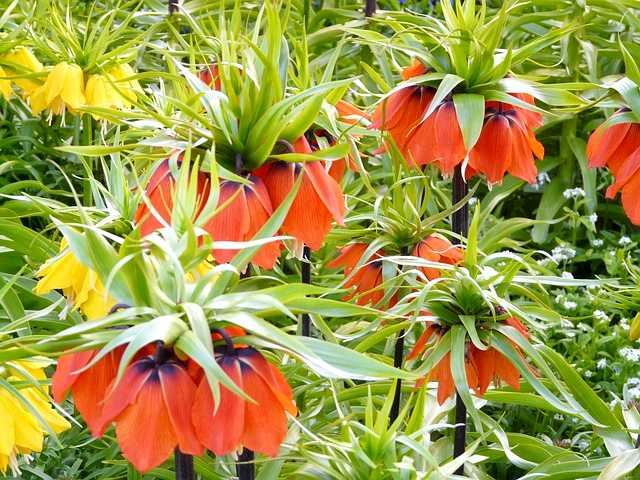
Fritillaria bulbs are less common but can be incredibly striking. Known for their unique, bell-shaped flowers often adorned with intricate markings, these bulbs add an exotic touch to any garden. They prefer well-drained soil and a sunny location. Planting fritillaria in October allows them to establish roots ahead of the cooler months, rewarding your patience with stunning blooms in the late spring.
Iris reticulata
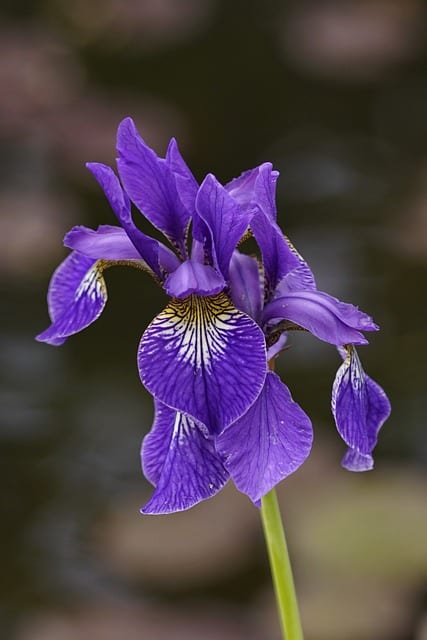
For those seeking early-blooming iris varieties, Iris reticulata is a brilliant choice. These petite bulbs produce stunning flowers in hues of blue, purple, and yellow. They are ideal for rock gardens, borders, or even pots. Planting them in October ensures they have ample time to acclimate before winter. They prefer well-drained soil that receives plenty of sunlight, thriving on the early spring warmth.
Anemone
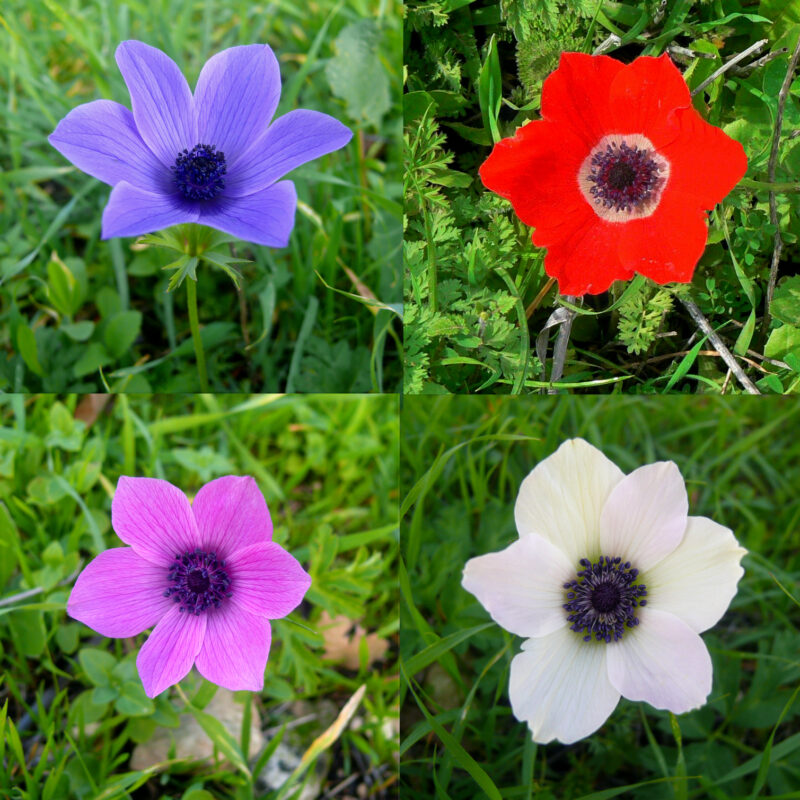
Anemone bulbs, specifically the anemone blanda, are stunning additions to any spring garden. Their vibrant colors range from stunning deep blues to soft whites and pinks. Planting these bulbs in October will result in a delightful spread of blooms that resemble daisy-like flowers. They perform best in well-drained, fertile soil and enjoy partial shade. Consider mixing colors to create a beautiful tapestry in your garden.
Camassia
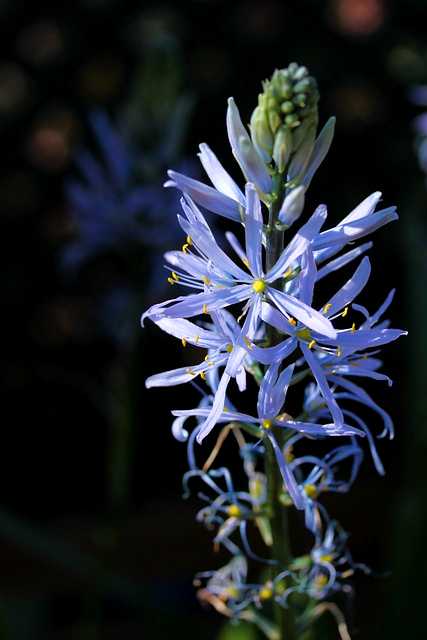
The Camassia bulb is recognized for producing tall spikes covered in star-shaped flowers that bloom in shades of blue and white. They are splendid additions to perennial gardens and naturalized areas. By planting Camassia in October, you ensure these stunning bulbs are well-rooted before the winter chill sets in. They thrive in well-drained, moisture-retaining soil and enjoy sunny spots.
Tulbaghia
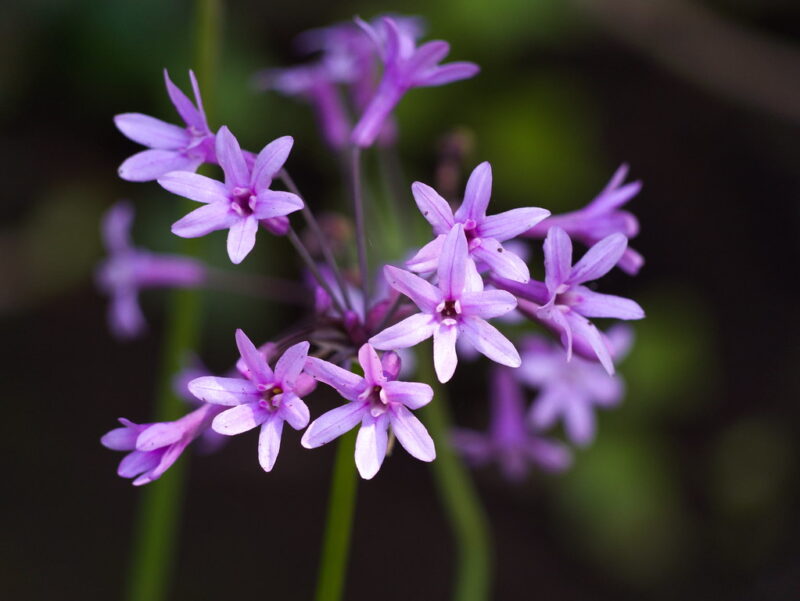
Also known as society garlic, Tulbaghia is a versatile bulb that features delightful clusters of star-shaped purple flowers and a garlic-like aroma. Planting Tulbaghia in October ensures that these blooms will grace your garden come spring. They are drought-tolerant and thrive in well-drained soils, making them an excellent choice for those wanting to conserve water but still enjoy dazzling blooms.
Muscari
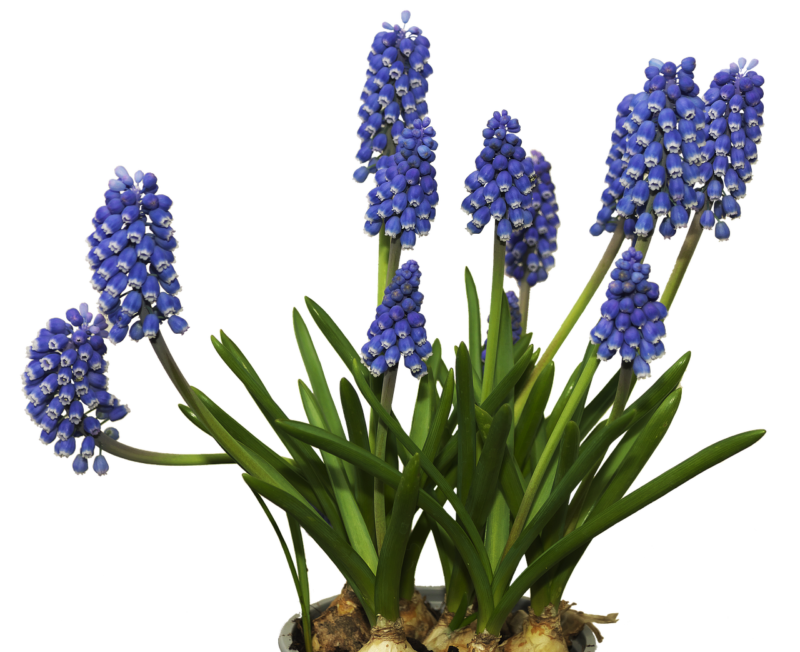
Muscari, or grape hyacinths, are small, easy-to-grow bulbs that produce clusters of tiny, grape-like flowers. These charming plants are perfect for naturalizing due to their ability to multiply and spread over time. Planting muscari in October will reward you with splashes of blue and purple when spring arrives, creating a lovely display under trees or in garden beds. They thrive in well-drained soil and full sun.
Care and Maintenance Tips for Bulbs

While choosing the right bulbs is essential, understanding how to care for them is equally important. After planting your bulbs in October, consider these tips for successful growth:
Watering: Water bulbs immediately after planting to help them settle in. However, ensure the soil is well-drained to prevent rot. As they begin to grow in early spring, maintain consistent moisture without overwatering.
Mulching: Adding a layer of mulch can help retain soil moisture and suppress weeds. Organic materials like straw or shredded leaves are ideal, providing an added benefit as they break down and nourish the soil.
Location: Assess your garden’s sunlight conditions. Most flowering bulbs prefer full sun or partial sunlight, so ensure they are planted where they will receive adequate light throughout the day.
Fertilization: Use a general-purpose bulb fertilizer at planting time to provide essential nutrients. Avoid fertilizing too late in the season, as this can promote growth too early.
Post-Bloom Care: Once your bulbs have bloomed in spring, allow the foliage to remain until it yellows and dies back naturally. This allows the plant to store energy in the bulb for future blooms, ensuring a robust display in subsequent years.





